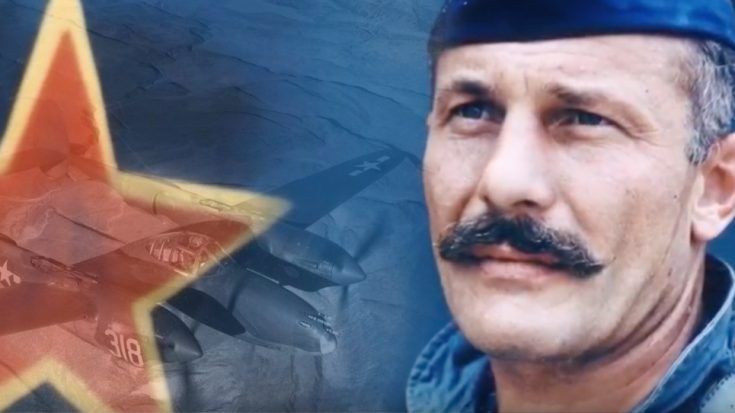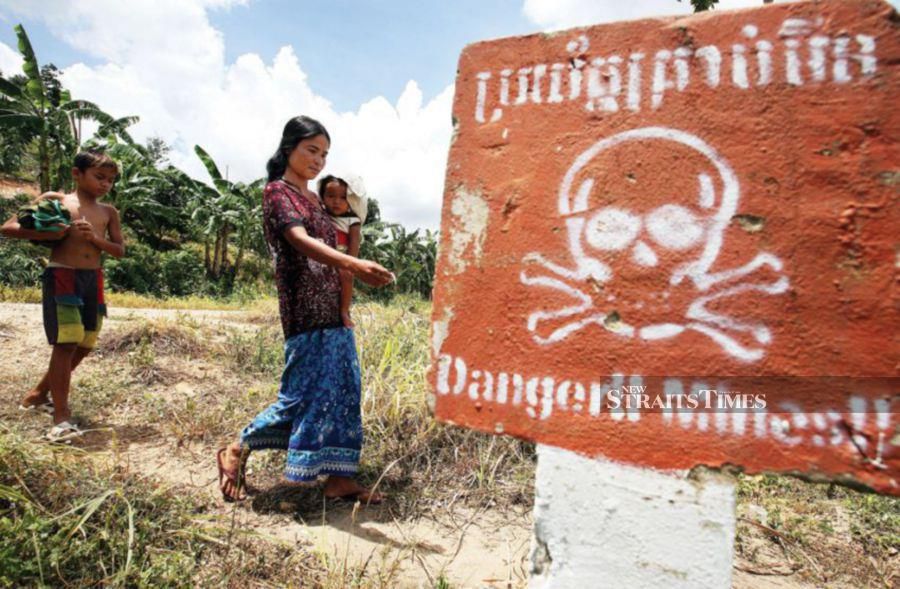Robin Olds was Built for War Fighter pilots used to say that there was a glass case in the Pentagon building to the precise dimension of then-Colonel Robin Olds, who would be frozen in time and displayed wearing his tank-less flight suit, crashed fore and aft cap, gloves, and torso harness with .38 pistol and survival knife. Beside the case was a fire ax beneath a sign reading: "In case of war, break glass." Biography of Robin Olds It was something of an exaggeration, but it contained an element of truth: Robin Olds was built for war. And he was born to fly. It was imprinted in his genes. Born July 14, 1922, in Honolulu, Hawaii, Robin Olds was the son of then-Capt. (later Maj. Gen.) Robert Olds and his wife Eloise, who died when Robin was four. The oldest of four, Olds spent the majority of his childhood at Langley Field, Virginia where his father was stationed as an aide to Brig. Gen. Billy Mitchell. In 1925 when he was only three, he accompanied his father to Mitchell's famed...











